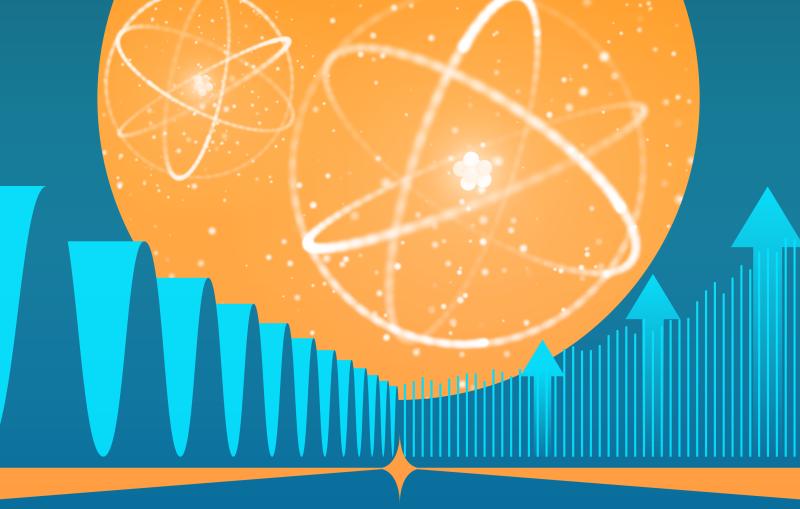SLAC’s Xijie Wang wins prestigious accelerator science award
Institute of Electrical and Electronics Engineers recognizes his contributions to developing electron beams that power unique ‘electron cameras’ and could advance X-ray lasers.
By Manuel Gnida
Xijie Wang, an accelerator physicist at the Department of Energy’s SLAC National Accelerator Laboratory, will receive the 2021 Nuclear and Plasma Science Society’s Particle Accelerator Science and Technology Award. Bestowed by the Institute of Electrical and Electronics Engineers (IEEE), the prestigious award recognizes individuals who have made outstanding contributions to the development of particle accelerator science and technology.
Wang is cited “for contributions to the development of high-brightness, ultrafast electron beams and their applications to free-electron lasers and ultrafast electron diffraction.” At SLAC, these beams power the Linac Coherent Light Source (LCLS) X-ray laser and a unique “electron camera,” an instrument for ultrafast electron diffraction (UED).

Both UED and X-ray lasers allow scientists to study the atomic world in unprecedented new ways, furthering our understanding of how rapid motions of atoms affect biological function, chemical reactions, material properties and more. UED examines matter directly with high-energy beams of electrons, while X-ray lasers first convert some of that beam energy into ultra-bright flashes of X-ray light.
Wang made numerous contributions to technologies that generate the powerful electron beams needed to drive X-ray lasers. This work includes past projects at DOE’s Brookhaven National Laboratory and Argonne National Laboratory, as well as leading a collaboration of SLAC, Brookhaven and the University of California, Los Angeles that developed the prototype electron source for LCLS.
Since Wang joined SLAC in 2013, he has pioneered the development of the lab’s unique UED instrument and has stood up a world-leading UED research program that has already produced a wealth of groundbreaking science, including discoveries in solar cell and data storage materials, movies of molecules vibrating and breaking apart, and studies of radiation damage in materials for nuclear fusion reactors. Last year, the UED instrument was integrated into SLAC’s LCLS user facility, making UED available to scientists worldwide.
Wang, who holds an undergraduate degree from Shaanxi Normal University in China and a PhD from UCLA, both in physics, is one of two awardees that are recognized with the 2021 award. The other is Nathan Moody of DOE’s Los Alamos National Laboratory, who was cited “for deep and broad contributions to accelerator science and technology, especially multi-disciplinary photocathode science.” The researchers will be presented with their awards at next year’s International Particle Accelerator Conference in Brazil.
Past recipients of the award include SLAC’s Perry Wilson and David Z. Farkas (1991), John Seeman (2001), Vitaly Yakimenko (2012, then at Brookhaven National Laboratory) and Mark Hogan (2013).
SLAC’s UED instrument is part of LCLS, a DOE Office of Science user facility.
Contact
For questions or comments, contact the SLAC Office of Communications at communications@slac.stanford.edu.
SLAC is a vibrant multiprogram laboratory that explores how the universe works at the biggest, smallest and fastest scales and invents powerful tools used by scientists around the globe. With research spanning particle physics, astrophysics and cosmology, materials, chemistry, bio- and energy sciences and scientific computing, we help solve real-world problems and advance the interests of the nation.
SLAC is operated by Stanford University for the U.S. Department of Energy’s Office of Science. The Office of Science is the single largest supporter of basic research in the physical sciences in the United States and is working to address some of the most pressing challenges of our time.





